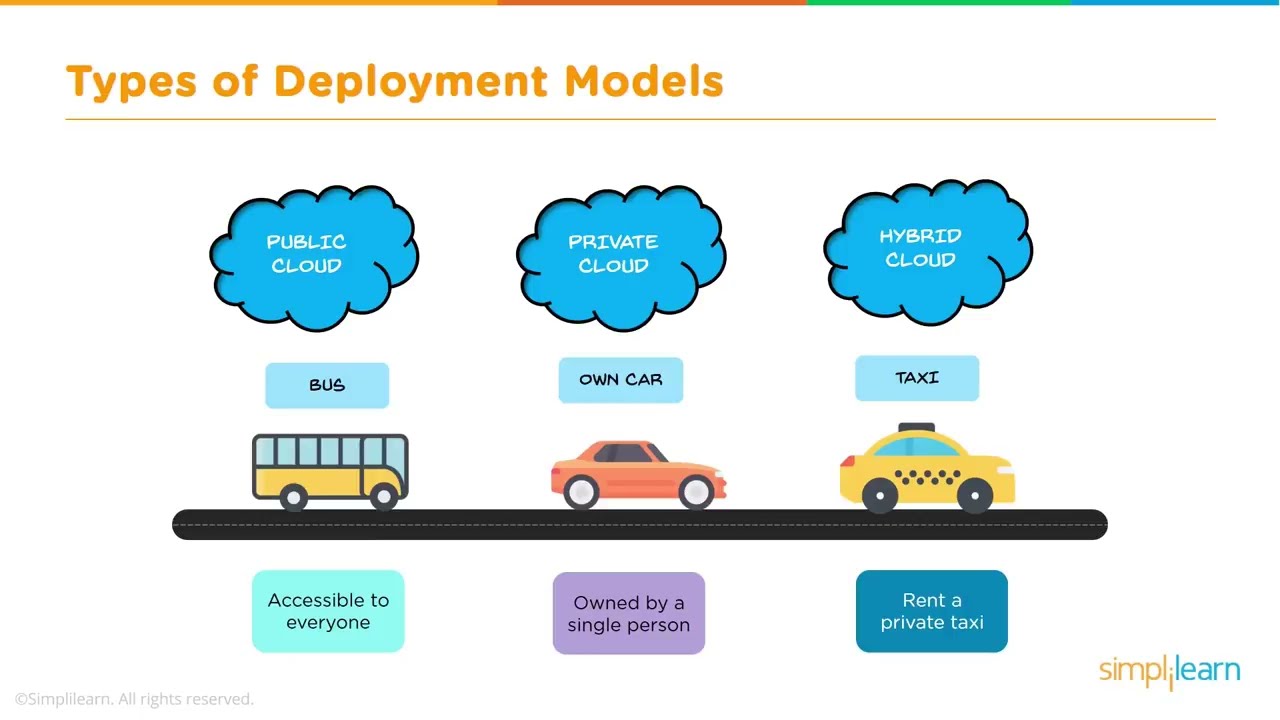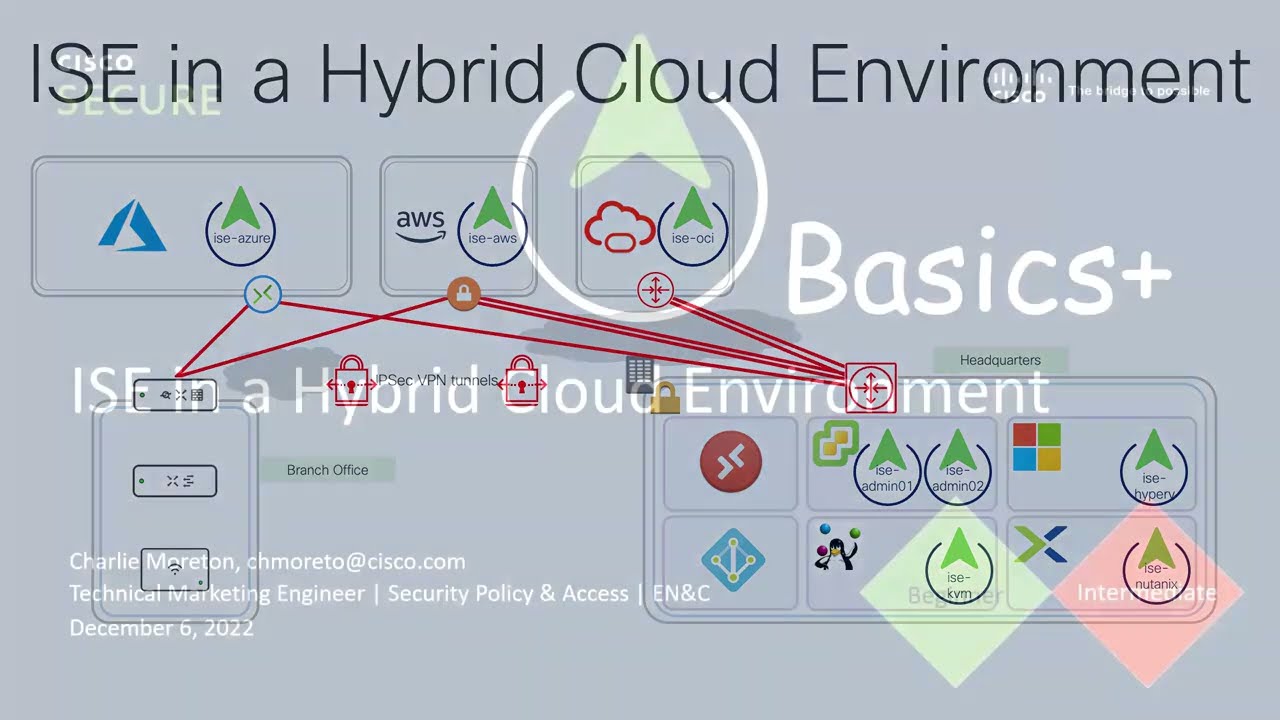
As businesses continue to expand their digital footprints, the need for robust and scalable computing infrastructure is becoming increasingly critical. In this regard, hybrid cloud environment has emerged as a viable solution that combines the best aspects of private and public clouds. A hybrid cloud environment is a computing environment that leverages a combination of on-premises, private cloud, and third-party public cloud services to deliver a seamless and secure computing experience. This article explores what hybrid cloud environment is, how it works, its benefits, and how to leverage it to get the most out of your computing resources.

A hybrid cloud environment is a computing infrastructure that combines the elements of public and private clouds to deliver a seamless and secure computing experience. In a hybrid cloud environment, businesses can leverage the benefits of both public and private clouds while ensuring that their data stays secure and compliant with relevant regulations. Essentially, a hybrid cloud environment enables businesses to pick and choose the best aspects of private and public clouds while avoiding the downsides of either approach.

In a hybrid cloud environment, businesses can deploy certain workloads on-premises or in a private cloud while leveraging public cloud services for other workloads. For instance, businesses can use private clouds to host mission-critical applications that require high performance or have stringent compliance requirements, while leveraging public clouds for less sensitive workloads such as development and testing. By leveraging the flexibility of a hybrid cloud environment, businesses can avoid vendor lock-in and ensure that their computing infrastructure is tailored to their unique needs.

There are several benefits of using a hybrid cloud environment, including:
One of the biggest advantages of a hybrid cloud environment is scalability. Businesses can leverage the elasticity of public clouds to scale up or down their computing resources based on demand. This enables businesses to avoid the need for costly hardware upgrades and ensure that their computing resources are always optimized for their needs.
Security is a critical concern for businesses, particularly those that handle sensitive data. A hybrid cloud environment enables businesses to leverage private clouds for hosting sensitive data while leveraging public clouds for less-sensitive workloads. This ensures that sensitive data is protected by the security measures in place on-premises or in a private cloud, while less-sensitive data can be hosted in a public cloud environment.
A hybrid cloud environment can also help businesses optimize costs by leveraging the most cost-effective computing resources for each workload. By avoiding vendor lock-in and choosing the best cloud services for each workload, businesses can significantly reduce their computing costs.
Another significant advantage of a hybrid cloud environment is flexibility. Businesses can choose the best cloud services for each workload, enabling them to tailor their computing infrastructure to their unique needs. This flexibility also enables businesses to adapt quickly to changing business requirements and take advantage of new cloud technologies as they emerge.

To get the most out of a hybrid cloud environment, businesses should follow these best practices:
The first step to leveraging a hybrid cloud environment is identifying which workloads to host on-premises, in a private cloud, or in a public cloud. Businesses should consider factors such as performance requirements, compliance regulations, and data sensitivity when making this decision.
Once workloads have been identified, businesses should develop a strategy for managing their hybrid cloud environment. This strategy should identify which cloud services to use for each workload, how to manage data across different environments, and how to ensure that security and compliance requirements are met.
Managing a hybrid cloud environment can be complex, particularly if multiple clouds are involved. To simplify management, businesses should automate as much as possible, including workload placement, resource allocation, and data management.
Finally, businesses should closely monitor the performance of their hybrid cloud environment to ensure that it is meeting their needs. This involves tracking factors such as application performance, resource utilization, and cost optimization.
Many businesses are already leveraging hybrid cloud environments to optimize their computing infrastructure. For instance, Netflix uses a hybrid cloud environment to deliver its streaming services, hosting mission-critical applications on-premises and leveraging public clouds for less-sensitive workloads. Another example is General Electric, which uses a hybrid cloud environment to host its Predix platform for industrial analytics, leveraging public clouds for scalability while ensuring that sensitive data stays secure.
While there are several other solutions available for managing computing resources, hybrid cloud environment offers several unique advantages. For instance, private clouds provide enhanced security but lack the flexibility of public clouds. Conversely, public clouds offer tremendous scalability but may not be suitable for hosting sensitive data. A hybrid cloud environment provides the best of both worlds, enabling businesses to leverage the security of private clouds while taking advantage of the scalability of public clouds.
Another solution that businesses may consider is multi-cloud, which involves leveraging multiple public clouds rather than a combination of private and public clouds. While multi-cloud can offer similar benefits as a hybrid cloud environment, it lacks the security and compliance advantages of private clouds.
Overall, a hybrid cloud environment offers the most flexible and secure solution for businesses looking to optimize their computing resources.
A hybrid cloud environment is ideal for businesses that have mission-critical applications that require high performance or have strict compliance requirements. It is also suitable for businesses that want to leverage the scalability of public clouds while ensuring that sensitive data stays protected.
To ensure that your hybrid cloud environment is secure, you should follow best practices such as encrypting data in transit and at rest, implementing access controls, and monitoring for security threats. You should also ensure that your public cloud provider has adequate security measures in place.
To manage workloads across different environments in a hybrid cloud environment, you should develop a strategy that outlines which workloads to host on-premises, in a private cloud, or in a public cloud. You should also automate workload placement and resource allocation where possible.
While a hybrid cloud environment can help businesses optimize costs by using the most cost-effective computing resources for each workload, there are still costs associated with managing multiple clouds. Businesses should carefully evaluate the costs and benefits of a hybrid cloud environment before deciding to adopt this approach.
To monitor the performance of your hybrid cloud environment, you should track factors such as application performance, resource utilization, and cost optimization. You should also implement monitoring and analytics tools that can provide real-time insights into your computing infrastructure.
As businesses continue to expand their digital footprints, the need for scalable and secure computing infrastructure will only grow. A hybrid cloud environment offers a flexible and secure solution that combines the benefits of private and public clouds while avoiding the downsides of either approach. By leveraging a hybrid cloud environment, businesses can optimize their computing resources, ensure compliance with relevant regulations, and adapt quickly to changing business requirements.In conclusion, a hybrid cloud environment is the future of computing for businesses looking to optimize their computing resources and ensure security and compliance. By leveraging a combination of on-premises, private cloud, and public cloud services, businesses can build a computing infrastructure that is tailored to their unique needs and offers the scalability and flexibility they require to grow and adapt. While there are costs and challenges associated with managing a hybrid cloud environment, the benefits far outweigh the downsides, making it a must-have for any business looking to stay competitive in today’s digital landscape.